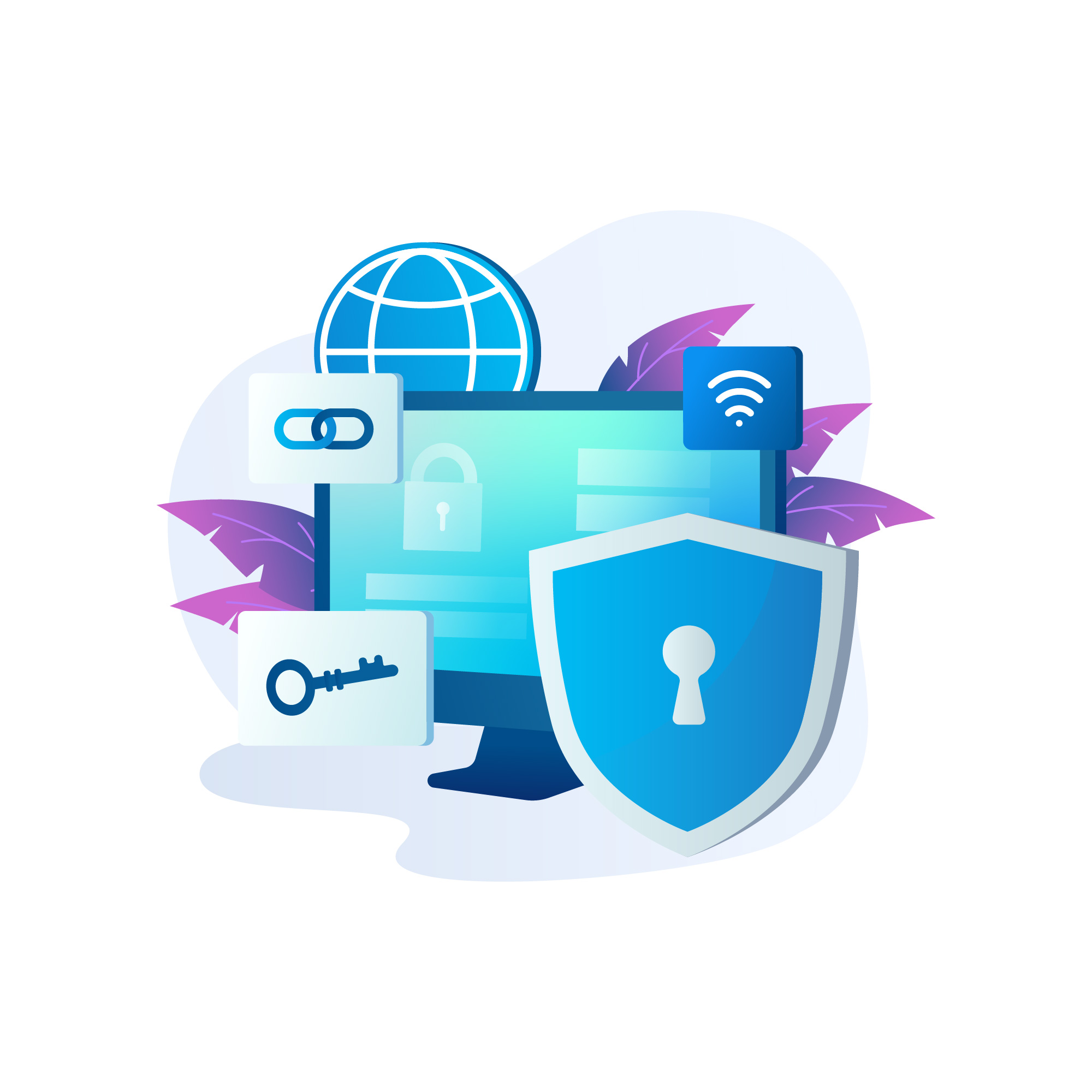Let’s face it, building a fortress of perfect security, especially when you’re a lean team (or even a one-person security army!), feels like chasing a mirage. I recently came across an insightful article on The Hacker News about securing Google Workspace, and it really resonated with my own experiences. The core idea? Forget perfection; embrace leverage. It’s all about maximizing your impact with the resources you have.
The Reality of Security in Small and Midsize Businesses
The article rightly points out that in many SMBs, the security team often consists of… well, you. You’re juggling RFPs, phishing alerts, and everything in between. You’re not just running a security department; you are the security department. According to a 2019 Ponemon Institute report, over 60% of SMBs experienced a cyberattack in the past year. This highlights the critical need for effective security, even with limited resources. But how can you achieve that when you’re stretched thin?
Leveraging Google Workspace’s Native Security Features
Google Workspace offers a surprising amount of built-in security features that many smaller teams might not be fully utilizing. Think beyond the basic password policies. Things like:
- Multi-Factor Authentication (MFA): Enforce MFA across the board. It’s a no-brainer and one of the most effective ways to prevent account takeovers. Google reports that MFA blocks 99.9% of automated bot attacks.
- Data Loss Prevention (DLP): Configure DLP rules to prevent sensitive data from leaving your organization unintentionally. This is crucial for compliance and protecting intellectual property.
- Security Audits and Alerts: Regularly review audit logs and set up alerts for suspicious activity. Google Workspace provides detailed logs that can help you identify and respond to threats quickly.
These features, when configured correctly, can provide a significant boost to your security posture without requiring a huge investment of time or money. The key is understanding what’s available and prioritizing implementation based on your specific risks.
Prioritizing and Automating Security Tasks
Since time is a precious commodity, prioritize tasks based on impact and automate wherever possible. Consider using tools to automate security tasks such as:
- Phishing Simulations: Regularly test your employees’ susceptibility to phishing attacks and provide targeted training.
- Vulnerability Scanning: Automate vulnerability scanning to identify and remediate weaknesses in your systems.
- Security Information and Event Management (SIEM): Implementing a SIEM (even a lightweight, cloud-based one) can help you centralize security logs and automate threat detection.
Automation allows you to free up your time to focus on more strategic security initiatives. A Cisco report suggests that organizations using security automation can reduce incident response times by as much as 75%. That’s a massive win for a small team!
Training and Empowering Your Users
Your users are your first line of defense. Invest in security awareness training to help them identify and avoid phishing scams, malware, and other threats. Empower them to report suspicious activity and make security a shared responsibility. A well-trained user base can significantly reduce your risk exposure. Remember, even the best security tools are useless if your users aren’t aware of the threats they face.
Key Takeaways
- Embrace Leverage: Focus on maximizing your impact with the resources you have. Don’t aim for perfection, aim for progress.
- Utilize Native Features: Explore and fully leverage the security features built into Google Workspace.
- Prioritize and Automate: Identify high-impact tasks and automate them to free up your time.
- Train Your Users: Invest in security awareness training to empower your users to be your first line of defense.
- Continuously Improve: Security is an ongoing process, not a one-time project. Regularly review and update your security practices.
FAQs
Q: What are the most important Google Workspace security features for a small team to implement first?
A: Multi-Factor Authentication (MFA), Data Loss Prevention (DLP) rules, and regular security audits are essential starting points.
Q: How often should we conduct security awareness training for our employees?
A: At least quarterly, but ideally more frequently, especially if you’re seeing an increase in phishing attempts.
Q: Are there any free or low-cost security tools that small teams can use?
A: Yes! Many open-source SIEM solutions and free vulnerability scanners can provide valuable insights without breaking the bank. Also, look into the free tiers of some cloud security platforms.


